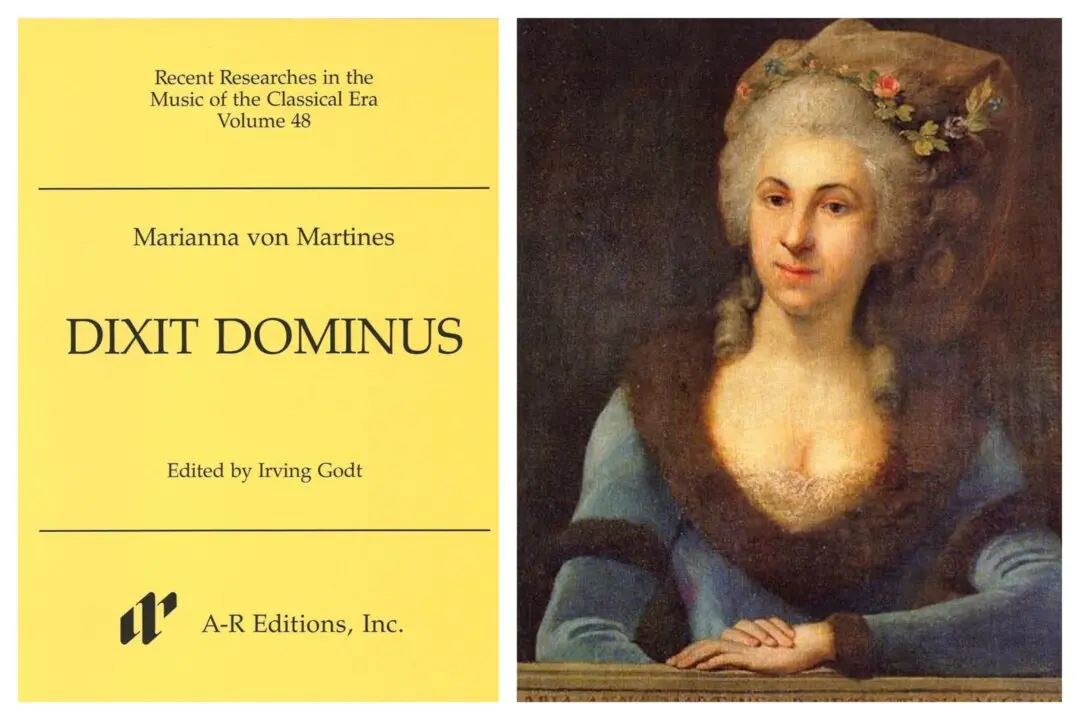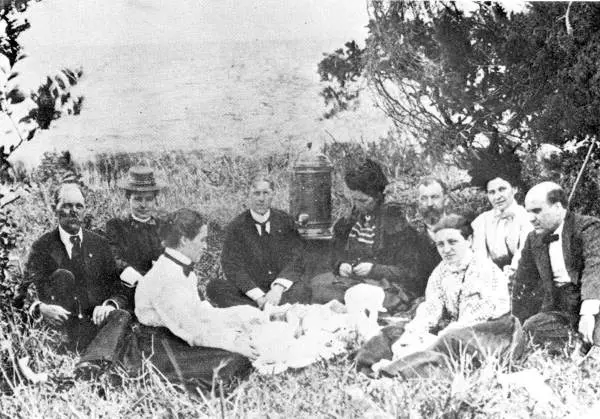From the perspective of the present, it is hard to say which of our living writers will be remembered in the future. With the benefit of hindsight, though, it is easy to see which writers of the past have been forgotten.
One such unjustly neglected figure is Edward Merrill Root, an important 20th-century writer. As a student of Robert Frost, his poetry described the everyday world in a beautiful and unfamiliar way. As a social critic, he was a prophet. Like his more famous teacher, he has many lessons for today—foremost among them, the need to defend freedom and individual integrity against the dangers of collectivism.





